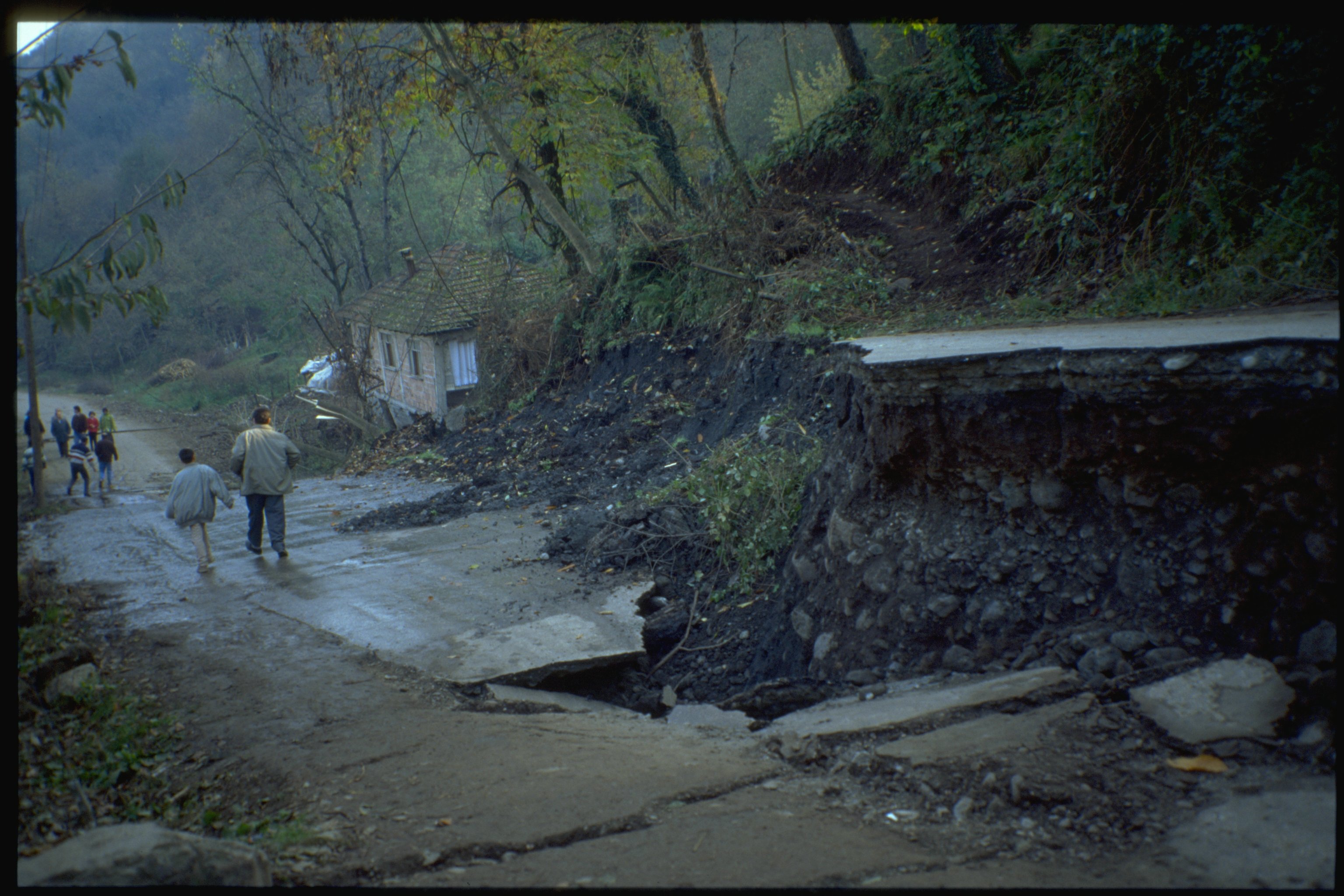All Categories
Featured
Table of Contents
Marine Geology And Geophysics in Lakes WA 2022

(PREM)., and the borders in between layers of the mantle are constant with phase shifts.

Schematic of Earth's magnetosphere. Flows from left to.
Inside the magnetosphere, there are fairly thick regions of solar wind particles called the Van Allen radiation belts. Geophysical measurements are generally at a specific time and location.
Geophysical Survey And Remote Sensing Techniques in Carmel WA 2021
, integrates huge collaborates and the regional gravity vector to get geodetic coordinates. This technique just supplies the position in 2 collaborates and is more tough to use than GPS.
Gravity measurements became part of geodesy due to the fact that they were required to related measurements at the surface area of the Earth to the recommendation coordinate system.
Water level can also be measured by satellites using radar altimetry, adding to a more accurate geoid. In 2002, NASA released the Gravity Healing and Environment Experiment (GRACE), where two twin satellites map variations in Earth's gravity field by making measurements of the distance between the 2 satellites using GPS and a microwave ranging system. Satellites in area have made it possible to collect data from not only the visible light area, but in other locations of the electromagnetic spectrum. The planets can be identified by their force fields: gravity and their magnetic fields, which are studied through geophysics and space physics. Determining the modifications in acceleration experienced by spacecraft as they orbit has enabled fine information of the gravity fields of the planets to be mapped.
Greeley-evans Area 3d Geophysical Survey in Karrinyup Western Australia 2023

Considering that geophysics is concerned with the shape of the Earth, and by extension the mapping of functions around and in the planet, geophysical measurements include high precision GPS measurements. As soon as the geophysical measurements have been processed and inverted, the interpreted outcomes are plotted using GIS.
Lots of geophysics business have actually created in-house geophysics programs that pre-date Arc, GIS and Geo, Soft in order to satisfy the visualization requirements of a geophysical dataset. Expedition geophysics is applied geophysics that often utilizes remote noticing platforms such as; satellites, airplane, ships, boats, rovers, drones, borehole sensing devices, and seismic receivers.
For instance, aeromagnetic data (aircraft collected magnetic data) gathered utilizing standard fixed-wing aircraft platforms should be corrected for electro-magnetic eddy currents that are developed as the aircraft moves through Earth's electromagnetic field. There are likewise corrections connected to changes in measured potential field strength as the Earth turns, as the Earth orbits the Sun, and as the moon orbits the Earth.
Geophysical Survey Definition in Neerabup Western Australia 2021
Signal processing includes the correction of time-series data for undesirable sound or errors presented by the measurement platform, such as aircraft vibrations in gravity information. It also involves the decrease of sources of sound, such as diurnal corrections in magnetic data. In seismic data, electro-magnetic data, and gravity information, processing continues after error corrections to include computational geophysics which result in the last analysis of the geophysical data into a geological analysis of the geophysical measurements Geophysics became a separate discipline just in the 19th century, from the crossway of physical location, geology, astronomy, meteorology, and physics.
The magnetic compass existed in China back as far as the fourth century BC. It was not until good steel needles could be created that compasses were used for navigation at sea; prior to that, they might not retain their magnetism long enough to be helpful.
By looking at which of eight toads had the ball, one might identify the direction of the earthquake.'s (1600 ), a report of a series of careful experiments in magnetism.
Geophysical And Geotechnical Assessment in Shelley Oz 2023
In 1687 Isaac Newton released his, which not just laid the structures for classical mechanics and gravitation Also discussed a variety of geophysical phenomena such as the tides and the precession of the equinox. The first seismometer, an instrument efficient in keeping a constant record of seismic activity, was developed by James Forbes in 1844. Geochemistry, Geophysics, Geosystems. National Aeronautics and Space Administration. Obtained 13 November 2018.
Leipzig. Berlin (Gebruder Borntraeger). Runcorn, S.K, (editor-in-chief), 1967, International dictionary of geophysics:. Pergamon, Oxford, 2 volumes, 1,728 pp., 730 fig Geophysics, 1970, Encyclopaedia Britannica, Vol. 10, p. 202-202 Ross 1995, pp. 236242 Shearer, Peter M. (2009 ). Introduction to seismology (second ed.). Cambridge: Cambridge University Press. ISBN 9780521708425. Stphane, Sainson (2017 ).
Table of Contents
Latest Posts
Geophysics, Engineering Geophysics And Applied ... in Carmel Western Australia 2023
Airborne Geophysical Surveys Of The Lower Mississippi ... in Balcatta Oz 2022
Working As A Geophysicist And Oceanographer In Canada in Cannington Australia 2023
More
Latest Posts
Geophysics, Engineering Geophysics And Applied ... in Carmel Western Australia 2023
Airborne Geophysical Surveys Of The Lower Mississippi ... in Balcatta Oz 2022
Working As A Geophysicist And Oceanographer In Canada in Cannington Australia 2023